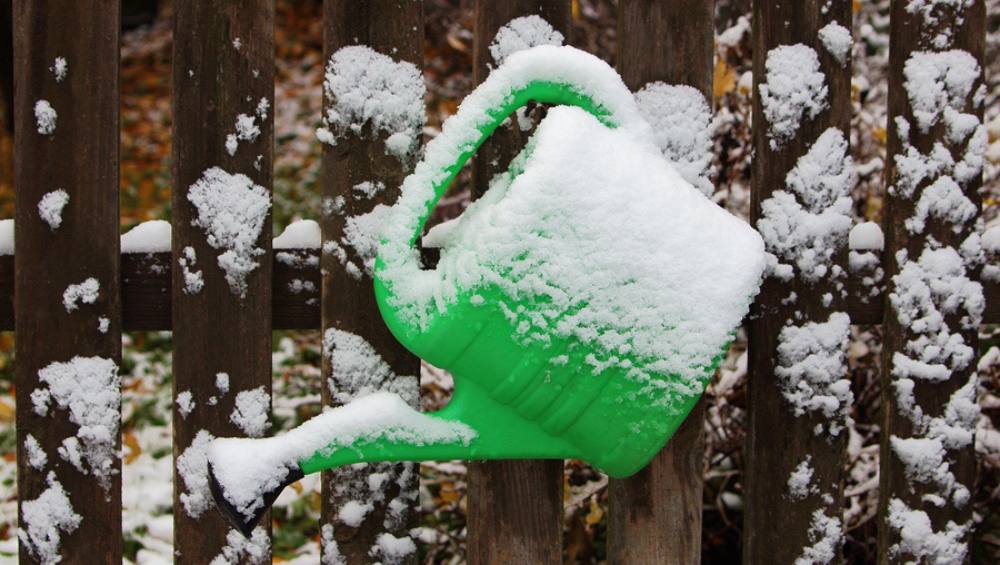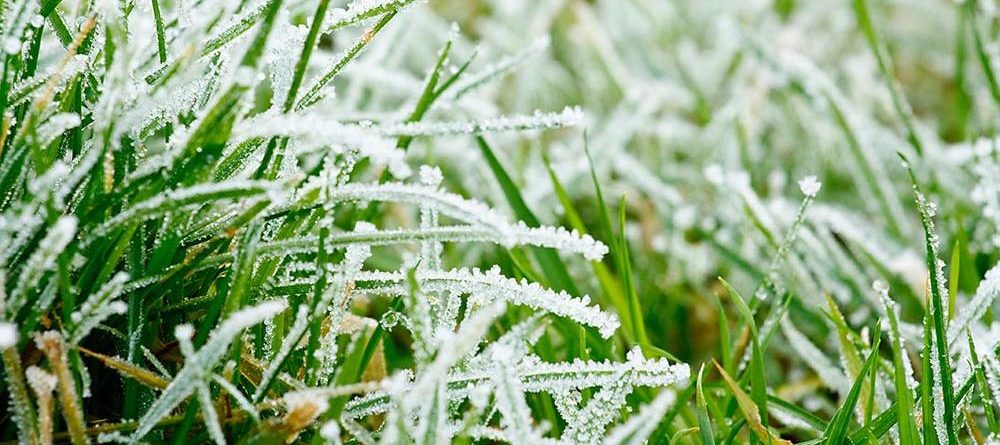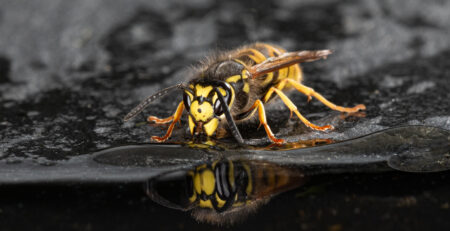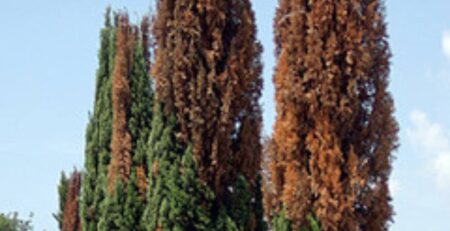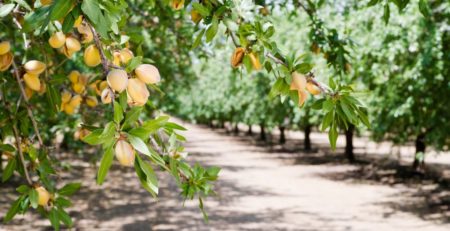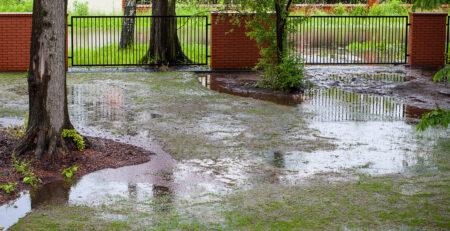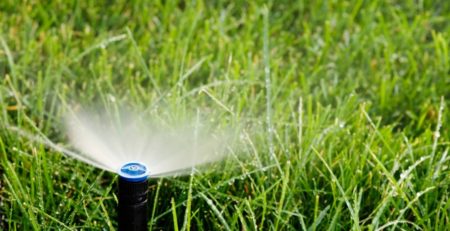Watering Your Landscape During Winter
Question: Do landscape plants require water during the winter months?
Answer: Winter in North Texas presents such a wide range of weather conditions that we must watch the weather to decide whether landscape watering is required or not. One thing is certain: winter is a good time of the year to turn off automatic irrigation systems and handle everything on a manual, as-needed basis. You’ll save money and your plants will avoid the disease and damage excessive watering can bring.
To water wisely, the first step is to check your soil’s moisture level. If you don’t already have one, consider buying a soil moisture meter. They’re inexpensive, readily available at most garden centers, and very helpful in making informed watering decisions.
When a light freeze or frost is predicted, watering deeply in advance of the cold front may be all the protection your plants need. Damp soil holds more heat than dry soil and this added heat, plus the increased humidity near the soil, will help protect your plants. Check your soil and if it meters “dry,” apply enough water to shift it to the middle of the meter’s range or “moist” at a depth of 3 to 6 inches where it will reach most of the plant’s roots.
When a hard freeze is predicted, adequate soil moisture will help your plants survive. Check your soil moisture a few days before the predicted hard freeze to be sure the moisture level is at least in the middle of the meter’s range. If it’s too dry, apply enough water so the meter reads “moist” at a depth of 3 to 6 inches. Shortly before the freeze, apply extra water around perennials, woody shrubs, and other ornamentals that you want to protect. Cover plants you know are cold-sensitive with fabric or cardboard covers that drape all the way to the ground. Arrange the cover as a loose tent over the plant and use stakes or rocks to secure it to the ground. The objective of covering plants is to trap heat from the soil inside the cover. Covers also protect plants from drying winds.
Lawn watering is another issue. We often get enough fall and winter rain to make lawn watering unnecessary. In most cases, around 1 inch of rainfall per month will be sufficient to keep turf grasses healthy. Keep in mind that turf grasses can turn brown and go dormant in most winters. The objective is not to prevent that. Instead, the goal is to prevent damage to the stems and roots so the lawn will return to vigorous growth in the spring. Watch out for extended periods of windy weather with low humidity. When your soil meter tells you the soil is becoming dry, it’s time to water. Once again, you’re looking for a meter reading of “moist” at a depth of 3 to 6 inches. More water isn’t always better; and too much moisture promotes disease.
Trees and woody shrubs also benefit from deep watering before freezing weather arrives. If they get this deep water from fall rains, that’s great. When rain is lacking and the moisture meter reads “dry”, water these plants using a soaker hose or simply run water slowly from a hose in several spots around the plants. This deep watering will help the plants resist damage and dehydration when freezing weather arrives.
Adding mulch is another measure that helps plants during the winter. Fall is a good time to apply 2 to 4 inches of mulch around perennials and woody shrubs. Mulch conserves soil moisture and protects the roots from low temperatures. And avoid fertilizing plants too late in the fall. The last fertilizer application should occur no later than 4 to 6 weeks before the average first frost. Since the first frost in our area generally occurs around the middle of November, our last fertilizer application should be no later than mid-October. Fertilization after this date can cause a late flush of new, freeze-sensitive growth and can increase freeze damage.
Text A&M offers additional information online about Earth-Kind® Landscaping and preparing your plants for cold weather.
